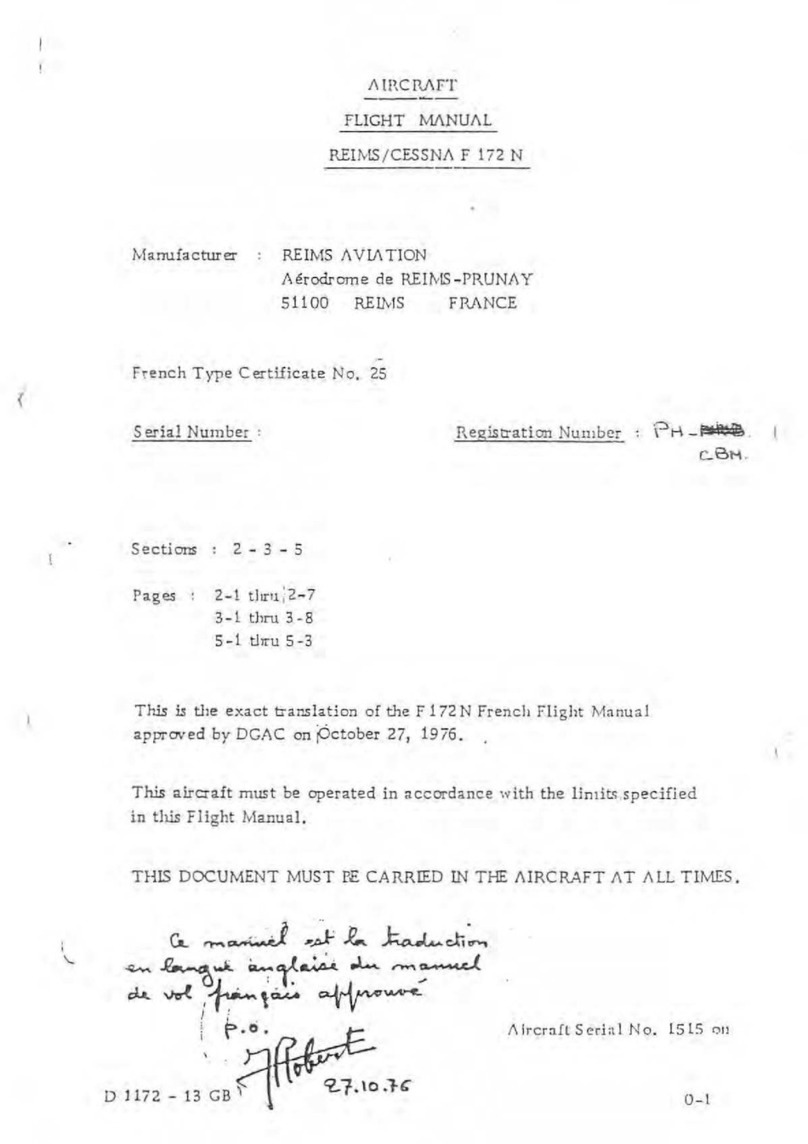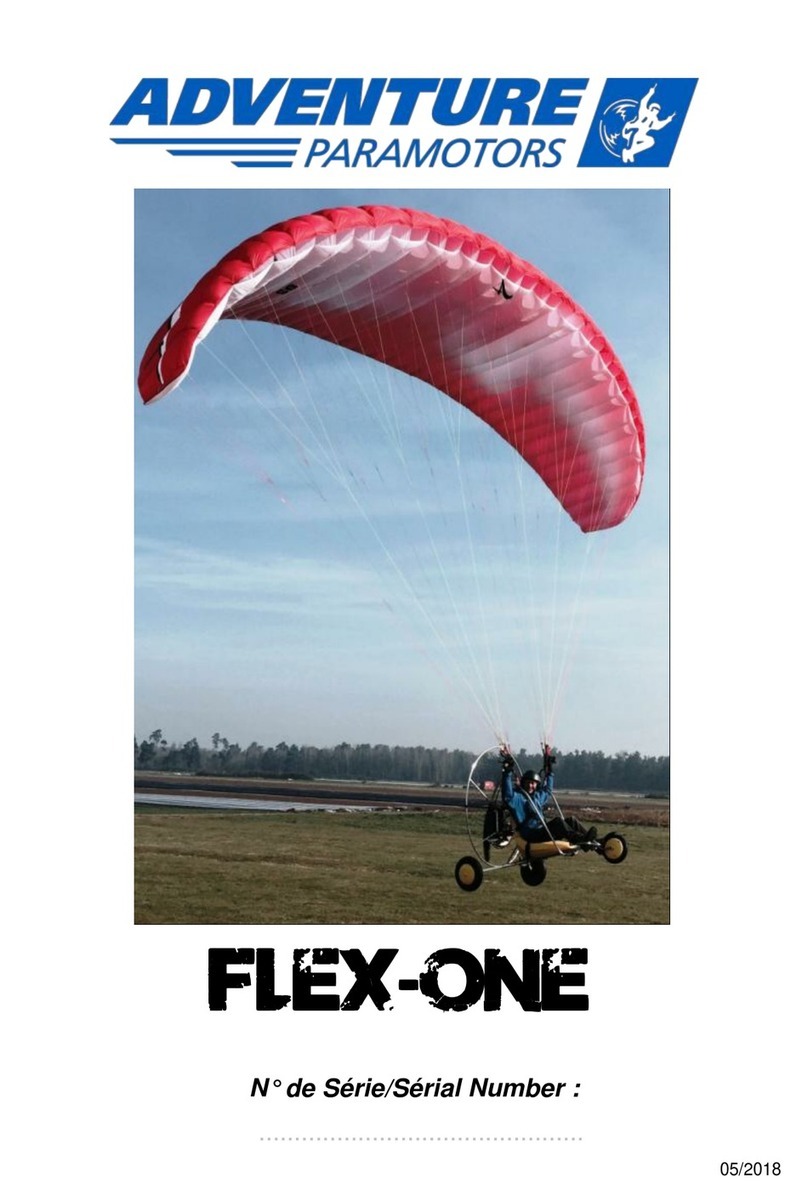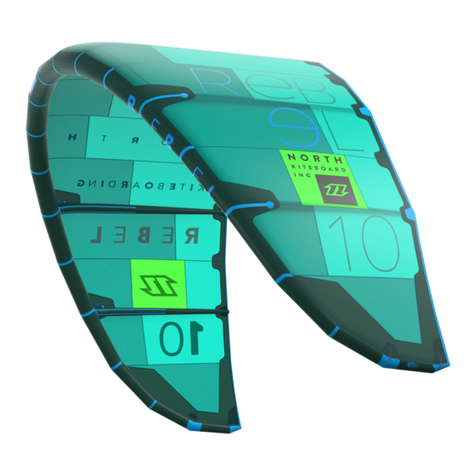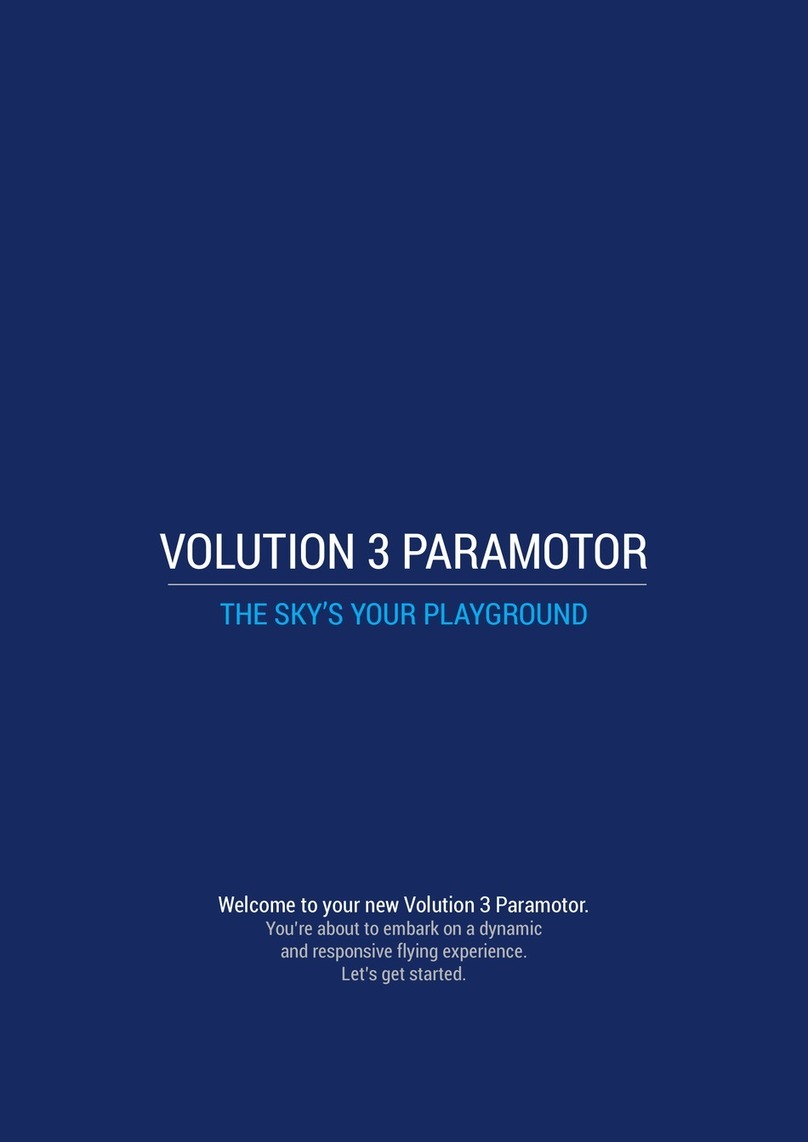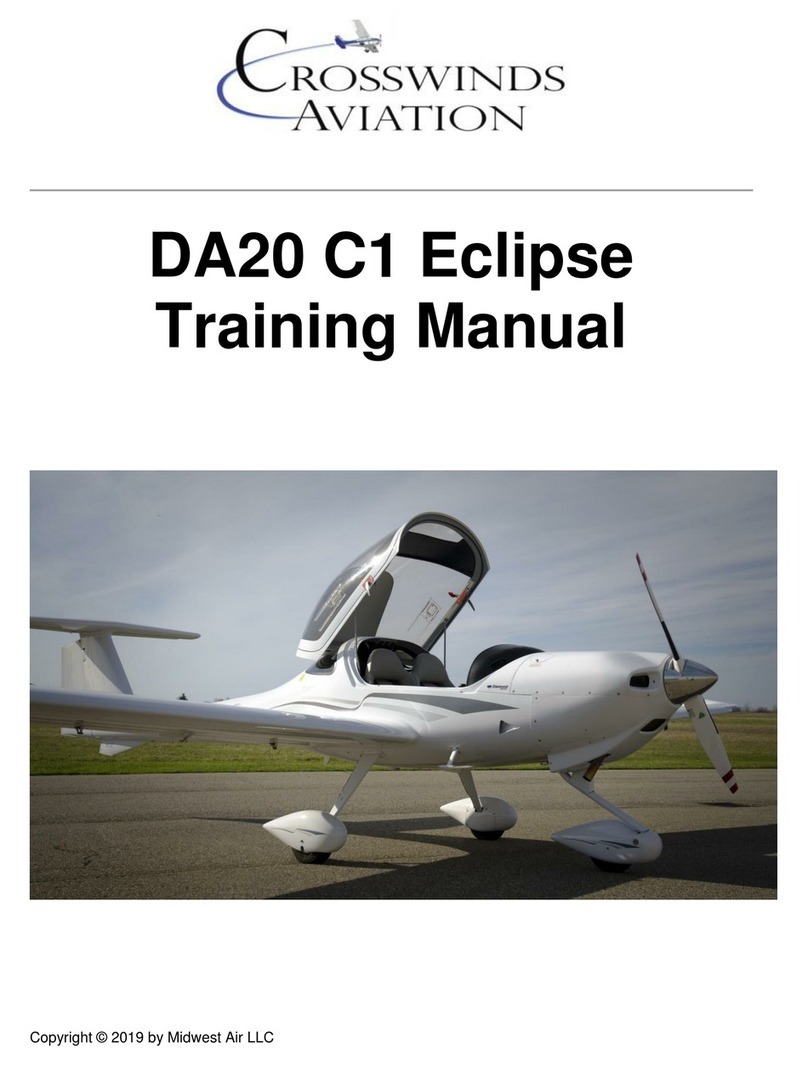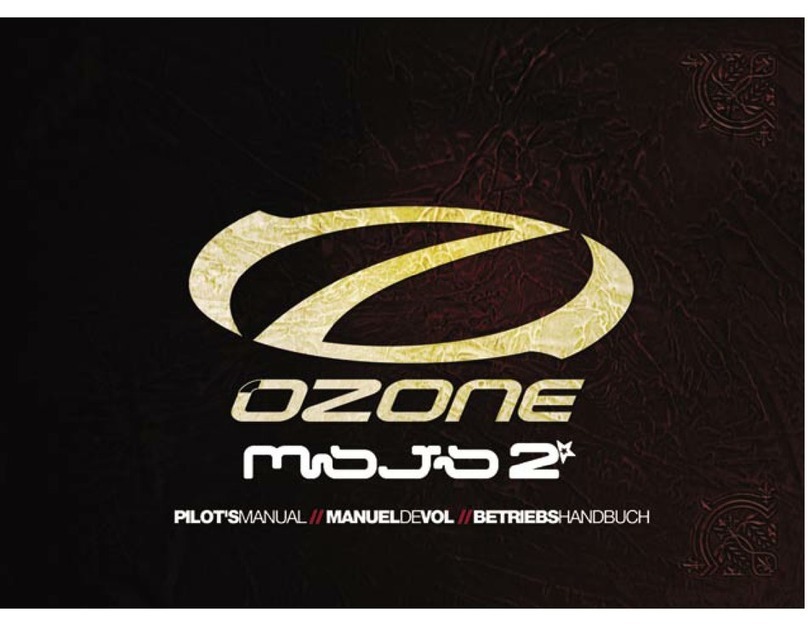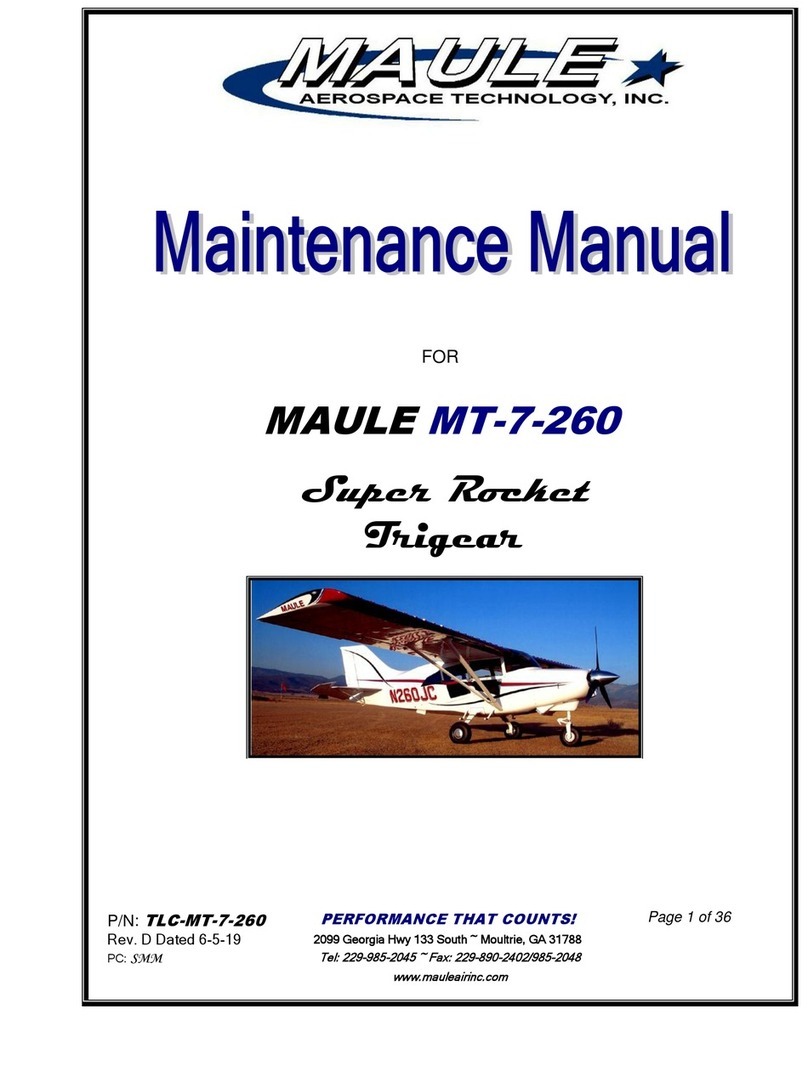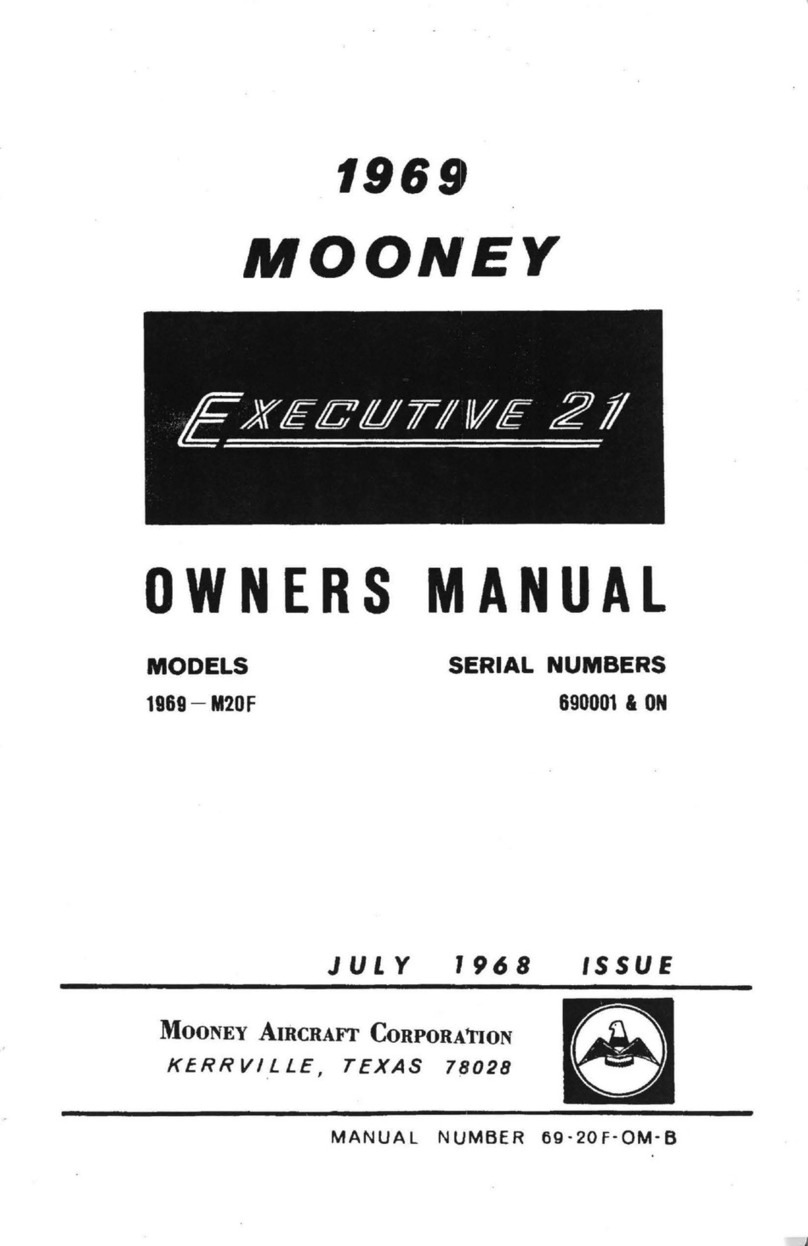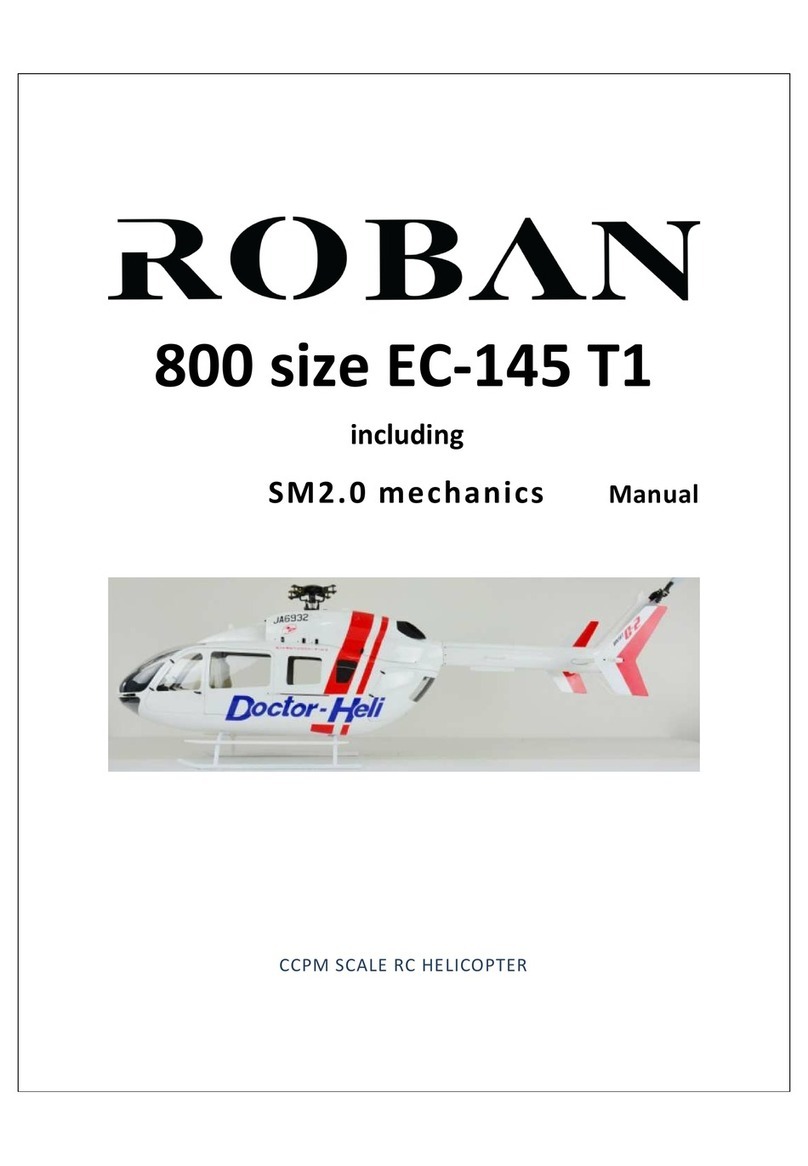BMS F-16C/D 4.34 Technical specifications

T.O. BMS1F-16CM-1 BMS 4.34 Change 2.00
BMS 4.34 Dash 1
© Red Dog 2012-2019 Page: 1
T.O. BMS1F-16CM-1
FLIGHT MANUAL
Combatsimchecklist series
F-16C/D BMS 4.34
Block 50 and 52
23 March 2019
CHANGE 2.00

T.O. BMS1F-16CM-1 BMS 4.34 Change 2.00
BMS 4.34 Dash 1
© Red Dog 2012-2019 Page: 2
LIST OF EFFECTIVE CHANGES
This document will be updated in accordance with BMS releases. You should consider the Dash 1 as
a work in progress. It was started during BMS beta testing and updated to reflect the release version
changes. It may already be outdated from the current beta BMS version but will be updated shortly
after each release.
Change 2: (4.34)
(V2.00) published Feb 06th, 2019.
•4.34 Dash1 update with many changes all around.
Change 1: (4.33)
(V1.06) published March 26th, 2016.
•Updated for 4.33 Update 1.
•Added MFL analysis
(V1.05) published Sept 5th, 2015.
•Added ILS section from BMS 4.32 Manual with relevant changes.
•Added section IV Flight Characteristics.
(V1.04) published August 9th, 2015.
•Merged AAR section from BMS Manual.
(V1.03) published July 13th, 2015.
•Proof read and 4.33RC changes.
•Updated pictures to reflect latest changes.
(V1.02) published March 31st, 2015.
•Proof read and 4.33RC changes.
(V1.01) published March 10th, 2015.
•First 4.33 Dash1 update (all systems).
•Added TFR & FLIR MFD pages.
•Added Pilot Fault List Analysis.
•Added 4.33 Callbacks.
Change 0: (4.32)
(V1.0) published March 28th, 2012.
•First released version.
(V0.8 draft) published March 24th, 2012.
•Proof read corrections.
(V0.7 draft) published January 11th, 2012.
•Changed structure of chapters.
•Added Landing chapter in Normal Procedures.

T.O. BMS1F-16CM-1 BMS 4.34 Change 2.00
BMS 4.34 Dash 1
© Red Dog 2012-2019 Page: 3
•Changed MARK POINTS section in UFC for OFLY, HUD, FCR & TGP mark.
•Added HUD Mark section in HUD chapter.
•Added training for flameout situation.
(V0.6 draft) published Dec 30th, 2011.
•Moved hotpit refuel & AA refuel to section II - normal procedure.
•Added Section III: Abnormal & Emergency procedures.
•Added Warning Light & Caution Light Analysis.
•Added Ground, Takeoff, In-flight & Landing emergencies.
•Adapted changes for 4.32 Update 1 change log.
(V0.5 draft) published August 31st, 2011.
•Various corrections from proof readers.
•Added Section2 –Normal Procedures.
(V0.4 draft) published August 29th, 2011.
•Added UFC, MFD, Engine, Fuel, ECS, Hydraulic, FLCS, EPU, Gear, Autopilot chapter
•Document formatting.
•Added BMS 4.32 callbacks.
•Added HUD chapter.
•Added Bibliography.
(V0.3 draft) published July 31st, 2011.
COPYRIGHT STATEMENTS
Falcon BMS is a community mod developed and published by Benchmark Sims for use with licensed copies of
Falcon 4.0. Unauthorized rental, sales, arcade use, charging for use, or any commercial use of this mod or part
thereof is prohibited.
This mod is for non-commercial use only.
This mod was created by Benchmark Sims with the permission of Billion Soft (Hong Kong) Limited.
This mod and all included content are in no way affiliated with Billion Soft (Hong Kong) Limited
or Retroism.
© 2003-2019 Benchmark Sims. All rights reserved.
Falcon is a registered trademark of Billion Soft (Hong Kong) Limited.
Falcon Collection and Falcon 4.0 are published by Retroism.
Retroism, the Retroism logo and the Billion Soft logo are trademarks or registered trademarks.
© 2019 Billion Soft (Hong Kong) Limited. All rights reserved.
The T.O. BMS1F-16CM-1 manual is published by Olivier “Red Dog” Beaumont.
Unauthorized rental, sales, charging for use, or any commercial use of this manual or part thereof is prohibited.
This manual is for non-commercial use only.
No reproduction of this manual or part of this manual is allowed without the written permission of the author.
© 2012-2019. All rights reserved.

T.O. BMS1F-16CM-1 BMS 4.34 Change 2.00
BMS 4.34 Dash 1
© Red Dog 2012-2019 Page: 4
TABLE OF CONTENTS
LIST OF EFFECTIVE CHANGES........................................................................................................ 2
Change 2: (4.34) ....................................................................................................................................... 2
(V2.00) published Feb 06th, 2019............................................................................................................. 2
Change 1: (4.33) ....................................................................................................................................... 2
(V1.06) published March 26th, 2016. ........................................................................................................ 2
(V1.05) published Sept 5th, 2015.............................................................................................................. 2
(V1.04) published August 9th, 2015.......................................................................................................... 2
(V1.03) published July 13th, 2015............................................................................................................. 2
(V1.02) published March 31st, 2015.......................................................................................................... 2
(V1.01) published March 10th, 2015. ........................................................................................................ 2
Change 0: (4.32) ....................................................................................................................................... 2
(V1.0) published March 28th, 2012. .......................................................................................................... 2
(V0.8 draft) published March 24th, 2012................................................................................................... 2
(V0.7 draft) published January 11th, 2012. ............................................................................................... 2
(V0.6 draft) published Dec 30th, 2011........................................................................................................ 3
(V0.5 draft) published August 31st, 2011................................................................................................... 3
(V0.4 draft) published August 29th, 2011................................................................................................... 3
(V0.3 draft) published July 31st, 2011........................................................................................................ 3
COPYRIGHT STATEMENTS.............................................................................................................. 3
TABLE OF CONTENTS ...................................................................................................................... 4
SECTION I DESCRIPTION & OPERATION.....................................11
1.1 THE AIRCRAFT .......................................................................................................................... 12
1.2 COCKPIT ARRANGEMENT........................................................................................................ 13
1.2.1. LEFT CONSOLE ................................................................................................................ 15
1.2.1.1 TEST panel ................................................................................................................................. 16
1.2.1.2 FLT CONTROL Panel (FLCP)..................................................................................................... 17
1.2.1.3 MANUAL TRIM panel.................................................................................................................. 18
1.2.1.4 FUEL panel ................................................................................................................................. 18
1.2.1.5 IFF panel..................................................................................................................................... 19
1.2.1.6 EXT LIGHTING panel.................................................................................................................. 21
1.2.1.7 AVTR panel................................................................................................................................. 22
1.2.1.8 ECM panel................................................................................................................................... 22
1.2.1.9 ELEC panel................................................................................................................................. 23
1.2.1.10 EPU panel................................................................................................................................. 24
1.2.1.11 AUDIO 2 panel.......................................................................................................................... 25
1.2.1.12 AUDIO 1 panel.......................................................................................................................... 25
1.2.1.13 ENG & JET START panel ......................................................................................................... 26
1.2.1.14 Backup UHF panel .................................................................................................................... 27
1.2.1.15 MANUAL PITCH override panel................................................................................................ 28
1.2.1.16 Throttle grip and left side wall.................................................................................................... 28
1.2.2. LEFT AUXILIARY CONSOLE............................................................................................. 31
1.2.2.1 ALT GEAR HANDLE................................................................................................................... 32
1.2.2.2 TWA panel................................................................................................................................... 32
1.2.2.3 HMCS panel................................................................................................................................ 32
1.2.2.4 CMDS panel................................................................................................................................ 33
1.2.2.5 Speedbrake indicator .................................................................................................................. 34
1.2.2.6 Gear panel................................................................................................................................... 35
1.2.3. CENTRE CONSOLE .......................................................................................................... 37
1.2.3.1 MISC panel.................................................................................................................................. 38
1.2.3.2 Left EYEBROW........................................................................................................................... 39
1.2.3.3 Left MFD & Right MFD................................................................................................................ 40
1.2.3.4 TWP panel................................................................................................................................... 41
1.2.3.5 ALR-56 RWR............................................................................................................................... 42
1.2.3.6 Left INDEXER ............................................................................................................................. 42
1.2.3.7 HUD ............................................................................................................................................ 42
1.2.3.8 ICP & DED .................................................................................................................................. 43
1.2.3.9 MACHMETER............................................................................................................................. 43
1.2.3.10 ALTIMETER.............................................................................................................................. 44

T.O. BMS1F-16CM-1 BMS 4.34 Change 2.00
BMS 4.34 Dash 1
© Red Dog 2012-2019 Page: 5
1.2.3.11 AOA........................................................................................................................................... 44
1.2.3.12 ADI ............................................................................................................................................ 44
1.2.3.13 VVI ............................................................................................................................................ 45
1.2.3.14 INSTRUMENT MODE panel ..................................................................................................... 45
1.2.3.15 EHSI.......................................................................................................................................... 45
1.2.3.16 FUEL QTY SEL panel ............................................................................................................... 46
1.2.3.17 MARKER BEACON................................................................................................................... 47
1.2.3.18 FUEL FLOW indicator............................................................................................................... 47
1.2.3.19 Backup ADI ............................................................................................................................... 47
1.2.3.20 Right INDEXER......................................................................................................................... 47
1.2.3.21 Right EYEBROW....................................................................................................................... 48
1.2.3.22 Right INSTRUMENT stack........................................................................................................ 49
1.2.4. RIGHT AUXILIARY CONSOLE.......................................................................................... 50
1.2.4.1 Compass..................................................................................................................................... 51
1.2.4.2 FUEL Quantity indicator .............................................................................................................. 51
1.2.4.3 Pilot Fault List Display................................................................................................................. 51
1.2.4.4 HYD PRESS system A & B gauges ............................................................................................ 51
1.2.4.5 CAUTION light panel................................................................................................................... 52
1.2.4.6 LIQUID OXYGEN gauge............................................................................................................. 52
1.2.4.7 EPU FUEL gauge........................................................................................................................ 52
1.2.4.8 CABIN PRESS ALT gauge.......................................................................................................... 52
1.2.4.9 Clock ........................................................................................................................................... 52
1.2.5. RIGHT CONSOLE.............................................................................................................. 53
1.2.5.1 SNSR PWR Panel....................................................................................................................... 54
1.2.5.2 SIDESTICK CONTROLLER (SSC)............................................................................................. 55
1.2.5.3 HUD panel................................................................................................................................... 57
1.2.5.4 NUCLEAR panel ......................................................................................................................... 58
1.2.5.5 ZEROIZE panel........................................................................................................................... 58
1.2.5.6 VMS panel................................................................................................................................... 58
1.2.5.7 Internal LIGHTING panel............................................................................................................. 59
1.2.5.8 AIR COND panel......................................................................................................................... 59
1.2.5.9 KY 58 panel................................................................................................................................. 60
1.2.5.10 ANTI ICE panel ......................................................................................................................... 60
1.2.5.11 AVIONICS POWER panel......................................................................................................... 60
1.2.5.12 OXYGEN REGULATOR panel.................................................................................................. 61
1.2.5.13 DTU panel................................................................................................................................. 61
1.2.6. MISCELLANEOUS............................................................................................................. 62
1.2.6.1 NVG ............................................................................................................................................ 62
1.2.6.2 HELMET VISOR.......................................................................................................................... 63
1.2.6.3 PILOT MODEL............................................................................................................................ 63
1.3 UP FRONT CONTROLS ............................................................................................................. 64
1.3.1. Data Command Switch (DCS) & scratchpad................................................................................. 66
1.3.2. ENTR and RCL button .................................................................................................................. 66
1.3.3. DED scratchpad............................................................................................................................ 66
1.3.4. CNI page....................................................................................................................................... 66
1.3.5. T-ILS page (1)............................................................................................................................... 67
1.3.6. A-LOW page (2)............................................................................................................................ 67
1.3.7. STPT page (4)............................................................................................................................... 68
1.3.8. CRUS page (5).............................................................................................................................. 68
1.3.9. TIME page (6) ............................................................................................................................... 69
1.3.10. MARK page (7)............................................................................................................................ 70
1.3.11. FIX page (8) ................................................................................................................................ 71
1.3.12. A-CAL page (9) ........................................................................................................................... 71
1.3.13. COM1 page................................................................................................................................. 71
1.3.14. COM2 page................................................................................................................................. 71
1.3.15. IFF page...................................................................................................................................... 72
1.3.16. LIST page.................................................................................................................................... 74
1.3.17. DRIFT C/O switch ....................................................................................................................... 80
1.3.18. The ICP Thumbwheels................................................................................................................ 80
1.4 MULTI FUNCTION DISPLAYS.................................................................................................... 81
1.4.1. Menu page .................................................................................................................................... 81
1.4.2. Sensor of Interest (SOI) ................................................................................................................ 82
1.4.3. HSD page...................................................................................................................................... 83
1.4.4. TEST page.................................................................................................................................... 86

T.O. BMS1F-16CM-1 BMS 4.34 Change 2.00
BMS 4.34 Dash 1
© Red Dog 2012-2019 Page: 6
1.4.5. SMS page...................................................................................................................................... 87
1.4.6. TFR page ...................................................................................................................................... 91
1.4.7. DTE page...................................................................................................................................... 92
1.4.8. FLCS page.................................................................................................................................... 92
1.4.9. Forward Looking Infrared (FLIR) page.......................................................................................... 93
1.4.10. WPN page................................................................................................................................... 94
1.4.11. TGP page.................................................................................................................................... 94
1.4.12. HAD page.................................................................................................................................... 95
1.4.13. BLANK page................................................................................................................................ 95
1.4.14. RCCE page................................................................................................................................. 95
1.4.15. RESET MENU page.................................................................................................................... 96
1.4.16. FCR page.................................................................................................................................... 96
1.4.17. TACAN page............................................................................................................................. 103
1.4.18. Setting the MFDs according to Master Mode (DTC).................................................................. 104
1.5. THE HEAD UPDISPLAY (HUD)............................................................................................... 106
1.5.1. HUD SETTINGS.......................................................................................................................... 106
1.5.2. HUD in NAV mode ...................................................................................................................... 110
1.5.3. HUD with GEAR DOWN.............................................................................................................. 111
1.5.4. HUD in AIR to AIR mode............................................................................................................. 112
1.5.5. HUD in AIR to GROUND............................................................................................................. 113
1.5.6. HUD as SENSOR OF INTEREST (SOI) ..................................................................................... 113
1.5.7. HUD WARNING.......................................................................................................................... 114
1.5.8. HUD CARA.................................................................................................................................. 114
1.5.9. DEPRESSIBLE RETICLE SWITCH............................................................................................ 115
1.5.10. HUD MARK............................................................................................................................... 116
1.6 THE ENGINE............................................................................................................................. 117
1.6.1. Primary (PRI) and Secondary (SEC) engine control ................................................................... 117
1.6.2. Exhaust nozzle............................................................................................................................ 117
1.6.3. Engine Oil system ....................................................................................................................... 117
1.6.4. Engine Anti-Ice system................................................................................................................ 117
1.6.5. Jet Fuel Starter (JFS).................................................................................................................. 117
1.6.6. Engine Warning & Caution lights................................................................................................. 118
1.6.7. Engine instruments...................................................................................................................... 118
1.6.8. Throttle........................................................................................................................................ 118
1.6.9. Ground operations....................................................................................................................... 119
1.7 FUEL SYSTEM.......................................................................................................................... 120
1.7.1. Fuel SHUTOFF valve.................................................................................................................. 122
1.7.2. Fuel pumps.................................................................................................................................. 122
1.7.3. Fuel pressurisation...................................................................................................................... 123
1.7.4. Fuel quantity indicating system ................................................................................................... 124
1.7.5. External fuel transfer switch ........................................................................................................ 125
1.7.6. Fuel checks................................................................................................................................. 125
1.7.7. Fuel imbalance............................................................................................................................ 126
1.7.8. Analysis of caution lights & HUD messages relevant to the fuel system..................................... 127
1.7.9. Managing Fuel: Joker & Bingo .................................................................................................... 129
1.8 ENVIRONMENTAL CONTROL SYSTEM (ECS)....................................................................... 131
1.8.1. ECS PFL/Caution/Warning lights ................................................................................................ 131
1.9 ELECTRICAL SYSTEM............................................................................................................. 132
1.9.1 Electrical System Normal Operation:............................................................................................ 132
1.9.2. Electrical caution/warning lights .................................................................................................. 133
1.10 HYDRAULIC SYSTEM............................................................................................................ 135
1.11 EMERGENCY POWER UNIT (EPU)....................................................................................... 135
1.12 FLIGHT CONTROL SYSTEM (FLCS)..................................................................................... 136
1.12.1 CRUISE GAINS............................................................................................................... 136
1.12.1.1 Pitch FLCS.............................................................................................................................. 136
1.12.1.2. Roll FLCS............................................................................................................................... 137

T.O. BMS1F-16CM-1 BMS 4.34 Change 2.00
BMS 4.34 Dash 1
© Red Dog 2012-2019 Page: 7
1.12.1.3. Yaw FLCS.............................................................................................................................. 137
1.12.2. TAKEOFF & LANDING gains......................................................................................... 137
1.12.2.1 Pitch FLCS.............................................................................................................................. 137
1.12.2.2. Roll FLCS............................................................................................................................... 138
1.12.3. STANDBY gains ............................................................................................................. 138
1.12.4. Gun compensation.......................................................................................................... 138
1.12.5. Leading Edge Flaps (LEF) and Trailing Edge Flaps (TEF)............................................ 138
1.12.6. Digital Backup (DBU)...................................................................................................... 139
1.12.7. Asymmetrical loading...................................................................................................... 139
1.12.8. FLCS BIT........................................................................................................................ 140
1.12.9. FLCS warning/caution lights........................................................................................... 140
1.13 LANDING GEAR &BRAKES................................................................................................... 141
1.13.1. Nose Wheel Steering ................................................................................................................ 141
1.13.2. Wheel brakes ............................................................................................................................ 141
1.13.3. Parking Brake & Chocks ........................................................................................................... 142
1.13.4. Speed Brake system................................................................................................................. 142
1.14 AUTOPILOT OPERATION...................................................................................................... 143
1.14.1. Altitude Hold.............................................................................................................................. 143
1.14.2. Attitude Hold (PITCH)................................................................................................................ 143
1.14.3. Heading Select (ROLL)............................................................................................................. 144
1.14.4. Attitude Hold (ROLL)................................................................................................................. 144
1.14.5. Steering Select (ROLL)............................................................................................................. 144
1.14.6. Autopilot limits........................................................................................................................... 144
1.15 INSTRUMENT LANDING SYSTEM........................................................................................ 145
1.16. IDENTIFICATION FRIEND OR FOE (IFF) .............................................................................. 150
1.16.1 IFF modes.................................................................................................................................. 150
1.16.2 Cockpit controls.......................................................................................................................... 151
1.16.3 IFF DTC Brief............................................................................................................................. 151
1.16.4 How to use the IFF in flight......................................................................................................... 153
1.16.5. IFF use in backup mode............................................................................................................ 158
1.16.6 IFF in emergency ....................................................................................................................... 159
SECTION II NORMAL PROCEDURES ...........................................161
2.1. RAMP START IN 3SWEEPS.................................................................................................... 162
1st Sweep: Before starting the engine ................................................................................................... 162
2nd Sweep: Starting engine & systems.................................................................................................. 166
3rd Sweep: The final sweep................................................................................................................... 168
2.2. REFUELLING........................................................................................................................... 173
2.2.1 Hotpit refuelling ............................................................................................................................ 173
2.2.2 Air to Air refuelling (AAR) ............................................................................................................. 173
2.3. LANDING.................................................................................................................................. 182
SECTION III ABNORMAL & EMERGENCY PROCEDURES .........186
3.1. WARNING AND CAUTION LIGHT AND PILOT FAULT SYSTEM ........................................... 187
3.1.1 MASTER CAUTION light.............................................................................................................. 188
3.1.2 Caution lights................................................................................................................................ 188
3.1.3 Warning lights............................................................................................................................... 188
3.1.4 Pilot Fault List Display (PFLD)...................................................................................................... 189
3.1.5 Maintenance Fault List................................................................................................................. 189
3.1.6 Voice Message System (VMS)..................................................................................................... 189
3.2. WARNING LIGHT ANALYSIS.................................................................................................. 191
3.2.1. ENG FIRE ................................................................................................................................... 191
3.2.2. TO/LDG CONFIG........................................................................................................................ 191
3.2.3. CANOPY..................................................................................................................................... 191
3.2.4. FLCS........................................................................................................................................... 191
3.2.5. HYD/OIL PRESS......................................................................................................................... 192
3.2.6. OXY LOW.................................................................................................................................... 192
3.2.7. DBU ON ...................................................................................................................................... 192

T.O. BMS1F-16CM-1 BMS 4.34 Change 2.00
BMS 4.34 Dash 1
© Red Dog 2012-2019 Page: 8
3.2.8. TF FAIL ....................................................................................................................................... 192
3.2.9. ENGINE ...................................................................................................................................... 193
3.2.10. GEAR HANDLE LIGHT............................................................................................................. 193
3.2.11. HUD WARN............................................................................................................................... 193
3.3. CAUTION LIGHT ANALYSIS ................................................................................................... 194
3.3.1. MASTER CAUTION.................................................................................................................... 194
3.3.2. CAUTION PANEL LIGHTS.......................................................................................................... 194
3.4. FAULT ANALYSIS.................................................................................................................... 197
3.4.1. Maintenance Fault List (MFL)........................................................................................... 197
3.4.1.1. MFL management at ramp start............................................................................................... 199
3.4.1.2. DTC fault recording.................................................................................................................. 199
3.4.2. PILOT FAULT LIST (PFL) ................................................................................................ 200
3.4.2.1. Example workflow: Ramp Start with AIR SOURCE knob out of NORM................................... 201
3.4.2.2. Special considerations: ............................................................................................................ 202
3.4.3. Table of possible faults (PFL & MFL):.............................................................................. 203
3.5. GROUND EMERGENCIES...................................................................................................... 207
3.5.1 HUNG START / NO START......................................................................................................... 207
3.5.2 ENGINE START IN BATTERY..................................................................................................... 207
3.5.3 HOT START................................................................................................................................. 207
3.5.4 OIL PRESSURE........................................................................................................................... 207
3.5.4 EQUIP HOT CAUTION LIGHT..................................................................................................... 208
3.5.5 FLCS BIT FAILURE ..................................................................................................................... 208
3.5.6 HOT BRAKES.............................................................................................................................. 208
3.5.7 NWS FAILURE............................................................................................................................. 209
3.6. TAKEOFF EMERGENCIES ..................................................................................................... 210
3.6.1 ABORT / REJECTED TAKEOFF.................................................................................................. 210
3.6.2 LG FAILS TO RETRACT.............................................................................................................. 210
3.6.3 BLOWN TYRE ON TAKEOFF...................................................................................................... 211
3.7. IN FLIGHT EMERGENCIES..................................................................................................... 212
3.7.1 COCKPIT PRESSURE MALFUNCTIONS.................................................................................... 212
3.7.2 EQUIP HOT CAUTION LIGHT..................................................................................................... 212
3.7.3 EJECTION.................................................................................................................................... 212
3.7.4 ELECTRICAL SYSTEM FAILURE ............................................................................................... 212
3.7.5 ENGINE MALFUNCTIONS .......................................................................................................... 212
3.7.6 JETTISON.................................................................................................................................... 218
3.7.7 EGI In-Flight Alignment (IFI)......................................................................................................... 219
3.7.8 Controllability Check..................................................................................................................... 219
3.7.9 Out of Control Recovery............................................................................................................... 219
3.7.10 Fuel leak..................................................................................................................................... 220
3.7.11 Oil Leak...................................................................................................................................... 220
3.7.12 Battle Damage Checks............................................................................................................... 220
3.8. LANDING EMERGENCIES...................................................................................................... 221
3.8.1 LANDING WITH A BLOWN TYRE ............................................................................................... 221
3.8.2 LG EXTENSION MALFUNCTIONS.............................................................................................. 221
3.8.3 LANDING WITH GEAR UNSAFE/UP........................................................................................... 222
3.8.4 BRAKE MALFUNCTIONS............................................................................................................ 223
3.8.5 NOSE WHEEL STEERING MALFUNCTION ............................................................................... 223
3.8.6 TAKEOFF & LANDING IN CROSSWINDS .................................................................................. 223
SECTION IV FLIGHT CHARACTERISTICS......................................226
4.1 LIMIT CYCLE OSCILLATION ........................................................................................................... 227
4.2 DESCENT WARNING ADVISORY..................................................................................................... 227
4.3 CATEGORY LOADING.................................................................................................................... 228
4.4. DEPARTURE FROM CONTROLLED FLIGHT................................................................................ 228
4.4.1 Rudder input................................................................................................................................. 228
4.4.2 Flight with stores .......................................................................................................................... 228
4.4.3 Asymmetric loading...................................................................................................................... 229
4.4.4 Type of departure......................................................................................................................... 229

T.O. BMS1F-16CM-1 BMS 4.34 Change 2.00
BMS 4.34 Dash 1
© Red Dog 2012-2019 Page: 9
4.4.5 Deep Stalls & Recovery ............................................................................................................... 229
4.5 OPERATING LIMITS &RESTRICTIONS ............................................................................................ 231
5. BIBLIOGRAPHY..............................................................................233
6. ACKNOWLEDGMENT.....................................................................234

T.O. BMS1F-16CM-1 BMS 4.34 Change 2.00
BMS 4.34 Dash 1
© Red Dog 2012-2019 Page: 10
INTENTIONALLY LEFT BLANK

T.O. BMS1F-16CM-1 BMS 4.34 Change 2.00
BMS 4.34 Dash 1
© Red Dog 2012-2019 Page: 11
SECTION I
DESCRIPTION & OPERATION

T.O. BMS1F-16CM-1 BMS 4.34 Change 2.00
BMS 4.34 Dash 1
© Red Dog 2012-2019 Page: 12
1.1 THE AIRCRAFT
In BMS you have the opportunity to fly a greater variety of F-16 blocks than ever before, many of them
with country specific avionics and skins.
In the training TEs you will transition from some of the earlier blocks to more recent models with much
more advanced avionics, some of them two-seaters.
Different variants all have their own unique setup, such as support for certain weapons, built-in ECM,
different radar, updated RWR, support for conformal fuel tanks (CFT) and so on. All these versions
have their differences so in order to keep this document simple we will concentrate primarily on one
variant: the F-16C/D block 50 with the GE-129 engine.
Aircraft weights
The Gross Weight (GW) of the BMS F-16C (including oil, pilot, two wingtip AIM-120 missiles and a full
load of 20mm ammunition is approximately 20500 lbs. With Full Internal fuel the GW is approximately
28000 lbs. The Max Take-Off weight is 42300 lbs.
Fuel Weight is 7162 lbs internally in 7 fuel tanks:
•Left wing (± 525 lbs)
•Right wing (± 525 lbs)
•Two forward fuselage F1 & F2, considered as a single F tank in BMS (± 3250 lbs)
•One aft fuselage: A (± 2810 lbs)
•And two reserve tanks: fwd reservoir and aft reservoir, each holding ± 480 lbs.
The two reserve fuselage tanks (F & A) supply fuel directly to the engine.
The D model has a smaller front fuselage (F) fuel capacity because of the second cockpit (1890 vs
3250 lbs). Fuselage fuel is therefore 4800 lbs and full internal fuel is 5900 lbs.
The F-16 can carry 3 external fuel tanks: 2 wing tanks of 370 Gallons (2516 lbs) each and a centreline
300 Gallon tank (2040 lbs) tank.
Total fuel weight with three external tanks is thus 14234 lbs (C model). We also have the capability to
load 600 Gallon non-jettisonable wing tanks, though it is rarely done.
Conformal Fuel Tanks (if fitted) are considered part of the internal wing tanks for BMS fuel gauges.
Most of your flights will be done with a full load of internal fuel and 2 x 370 Gallon wing tanks.
The F-16 has no capability to vent fuel overboard. Air to Air Refuelling is provided through an AR port
on top of the fuselage.
The F-16 doesn’t have a maximum landing weight. You can land the aircraft at any weight as long as
the runway is long enough to accommodate the longer landing roll.
Aircraft speeds
Max Undercarriage speed is 305 knots.
The F-16 does not have a true corner velocity. It has a corner plateau from 330 to 440 knots that
produces good turn rate based on available G according to altitude.
Manoeuvre speed is around 340 knots.

T.O. BMS1F-16CM-1 BMS 4.34 Change 2.00
BMS 4.34 Dash 1
© Red Dog 2012-2019 Page: 13
1.2 COCKPIT ARRANGEMENT

T.O. BMS1F-16CM-1 BMS 4.34 Change 2.00
BMS 4.34 Dash 1
© Red Dog 2012-2019 Page: 14
The F-16 cockpit is made up of the left console, left auxiliary console, centre panel, right auxiliary
console and right console.
The left and right console are mainly used for start-up and ground ops, the auxiliaries and centre
panels are mostly used in flight.
The heart of the onboard system is provided by the Up Front Controller (ICP & DED) and the 2 MFDs.
All primary system management can be set through these.
In BMS the 3D cockpit is now our primary interface with the sim (the 2D cockpit is a thing of the past).
View panning in the 3D cockpit is performed with Track IR (TIR) or similar tracking software, though
you can pan around manually with a POV hat on a joystick/controller if set up properly.
Each button or knob can be interfaced with the keyboard or the mouse.
When interfacing switches with the keyboard, we use specific key callbacks for that switch. They can
be toggles, full states position switches, push button press, push button release.
Callbacks are listed in the key file (\User\Config folder) where they are declared as a keystroke.
In turn these keystrokes can be programmed as HOTAS buttons, or used in full cockpit programming.
All active 3Dswitches can also be interfaced with the mouse. In this case we use the 3D button hotspot
in the 3D cockpit and the mouse buttons.
Hotspots are displayed in the 3D cockpit with a change of cursor colour. When your mouse cursor
reaches a hotspot it turns green, signalling the hotspot presence for the switch.
Usually moving the switch up is accomplished by depressing the left mouse button and moving it down
is done with the right mouse button. The same is true for push buttons; they can be depressed with
one mouse button and released with the other button.
Rotaries are usually incremented with the left mouse button and decremented with the right mouse
button.
Encoders such as the CRS and HDG knobs on the HSI can be more rapidly adjusted with the mouse
wheel. When the mouse is moved over a knob featuring that implementation the cursor will display a
rotating effect signalling that the mouse wheel can be used. This is much faster than repeatedly
clicking with the mouse button.
This chapter will review all cockpit panels and explain the functionality of each one. We will start on the
far left of the cockpit and move toward the right console. A switch obscured by red shading means that
this switch is not currently implemented in BMS. It thus has no key callback and no mouse hotspot.
At the end of each panel paragraph you will also find a list of the relevant key callbacks for that panel.
That will hopefully help clarify the correct callbacks when a function needs to be programmed.
A more detailed explanation of callbacks can be found in the BMS-Technical-Manual.

T.O. BMS1F-16CM-1 BMS 4.34 Change 2.00
BMS 4.34 Dash 1
© Red Dog 2012-2019 Page: 15
1.2.1. LEFT CONSOLE

T.O. BMS1F-16CM-1 BMS 4.34 Change 2.00
BMS 4.34 Dash 1
© Red Dog 2012-2019 Page: 16
1.2.1.1 TEST panel
The TEST panel is used to perform tests on different systems during Ramp start. In
BMS all switches and push buttons are implemented, except the FLCS TEST switch in
the MAINT (Maintenance) position.
The FIRE & OHEAT DETECT button checks continuity for both engine fire and
overheat detection systems. The overheat detection happens 100°C before the engine
fire detection system. The overheat triggers the OVERHEAT caution light and the
engine fire triggers the ENG FIRE eyebrow light. Those lights and the MASTER
CAUTION light remain on as long as the button is held depressed.
The second pushbutton on the panel is MAL & IND LTS. It tests the illumination of all warning,
caution, indicator lights, the warning horn and all voice messages in sequence.
The OXY QTY is a momentary switch and tests the OBOGS (On Board Oxygen Generating System).
When depressed the OXY LOW eyebrow light should illuminate for 10 seconds if no faults are
present and remain on if a fault is detected. Please note in newer blocks this switch should be
labelled OBOGS BIT.
The PROBEHEAT switch is a three-position switch: PROBE HEAT, OFF and TEST.
The pitot, fuselage air data, AOA and the total temperature probe heaters are on anytime the aircraft
is airborne regardless of the TEST panel switch position.
The PROBEHEAT position allows the probes to be heated on the ground. OFF de-energizes all
systems on the ground. TEST (on the ground and in-flight) performs a functional test of the
PROBEHEAT monitoring system. The PROBEHEAT caution light flashes for a successful test.
Failure of the PROBEHEAT caution light to illuminate or flash indicates a failure of the probe heat
monitoring system.
The EPU/GEN test switch is spring loaded to the OFF position and provides a means to test the EPU
generator and EPU PMG output to FLCS on the ground without using hydrazine. Hydrazine is highly
toxic for ground personnel and special procedures have to be followed when the EPU has run on
hydrazine.
The quad indicator labelled FLCS PWR is the indicator of the 4 redundant digital systems (ABDC) of
the FLCS (Flight Control System). In BMS they are considered as one and always light up together.
The FLCS PWR TEST switch is a momentary switch to TEST. With the MAIN PWR switch in BATT it
closes the FLCS relay and allows verification of power output to the FLCC (Flight Control Computer)
with the aircraft battery as the power source.
BMS Key Callbacks for the test panel:
SimOverHeat
SimOBOGSBit
SimMalIndLights
SimMalIndLightsOFF
SimProbeHeatMoveDown
SimProbeHeatMoveUp
SimProbeHeatOn
SimProbeHeatOff
SimProbeHeatTest
SimEpuGenTest
SimFlcsPowerTest

T.O. BMS1F-16CM-1 BMS 4.34 Change 2.00
BMS 4.34 Dash 1
© Red Dog 2012-2019 Page: 17
1.2.1.2 FLT CONTROL Panel (FLCP)
Refer to the FLCS chapter for a full overview of the FLCS system.
The panel is made of 6 switches and 1 dual indicator light.
The DIGITAL BACKUP switch is a two-position switch allowing the pilot
to manually select a backup software state of the FLCS for digital FLCS
equipped aircraft. When DBU is engaged the FLCS MFD page and the
DBU ON warning light report the DBU condition. A HUD WARN message
is also displayed.
The ALT FLAPS EXTEND/NORM switch controls the trailing edge flaps.
In NORM they are controlled automatically by the FLCS. To extend them manually place the switch in
EXTEND.
The LE FLAPS LOCK/AUTO switch commands the leading edge flaps. They can be automatically
controlled by the FLCS in AUTO position (as a function of Mach, altitude and AOA) or locked in their
current position in LOCK. When in LOCK the FLCS warning light illuminates and the PFLD reports a
>FLCS LEF LOCK< warning message.
The FLCS RESET switch is a momentary switch to RESET and allows the FLCS fault to be reset.
The MASTER CAUTION reset doesn’t clear FLCS related faults so the only way to reset the
indicators, warning lights and PFL is by using the FLCS RESET switch. FLCS faults may be reset in
BMS to exit the FLCS standby gains activated on any FLCS fault (see FLCS section). Not all faults
can be reset.
The MANUAL TF FLYUP switch is a two-position toggle switch. It allows you to disable or enable
FLYUP protection in MANUAL TF (Terrain Following) mode. Only aircraft fitted with the AN/AAQ-13
navigation pod (NVP), part of the LANTIRN (Low Altitude Navigation and Targeting Infrared for Night)
system, will have Terrain Following Radar (TFR) capability.
The BIT switch is a magnetically held switch in BIT. It performs the FLCS built in test if the weight on
wheel switch is on. BIT takes about 45 seconds, during which the RUN green indicator light is
illuminated. During the BIT all flight control surfaces move in sequence (these movements are visible
in multiplayer). If the BIT is successful the switch snaps back to the OFF position and the RUN light
goes off.
In case of failure the switch returns to OFF and the yellow FAIL light illuminates. The PFL displays
FLCS BIT FAIL and the status of the FLCS BIT is also shown on the FLCS MFD page. A failed BIT is
not resettable and a new BIT needs to be run. During that second BIT both the FAIL and RUN lights
will remain illuminated and upon successful completion the FAIL light will go off.
BMS Key Callbacks for the FLCS panel:
SimDigitalBUPBackup
SimDigitalBUPOff
SimDigitalBUP (new toggle)
SimAltFlaps (toggle)
SimAltFlapsExtend
SimAltFlapsNorm
SimManualFlyupDisable
SimManualFlyupEnable
SimManualFlyup (toggle)
SimLEFLockSwitch
SimLEFLock
SimLEFAuto
SimFLCSReset
SimFLTBIT

T.O. BMS1F-16CM-1 BMS 4.34 Change 2.00
BMS 4.34 Dash 1
© Red Dog 2012-2019 Page: 18
1.2.1.3 MANUAL TRIM panel
The Manual TRIM panel provides an additional method for the pilot to
trim the aircraft. Primary trims (roll & pitch) are on the stick. The wheels
and indicators on the MANUAL TRIM provide a backup way to set the
trims by using the relevant wheel or knob.
Rudder trim can only be set on the MANUAL TRIM panel via the YAW
TRIM knob.
In the F-16 trim is often required, especially in asymmetric load
conditions. The 2 indicators move with stick trim input (when energised)
and/or manual trim input. The wheels have a white line marking their centre position.
The TRIM/AP DISC switch is a two-position toggle switch. In NORM the stick trims are energized and
AP operation is possible.
In DISC the stick trims and the autopilot are inhibited. Manual trim remains operative.
The MANUAL TRIM wheels and knobs can be interfaced through keystrokes, mouse clicks or
analogue hardware such as potentiometers. The latter solution gives much better and smoother
results. A little warning about mouse clicks: the way they are implemented is almost impossible to
manage correctly in flight and should be avoided. Left click starts the trim movement and right click
stops the trim action and starts the action in the opposite way. If you need to use the manual trims do
it with keystrokes or analogue devices, not the mouse. Note that the YAW TRIM knob does not move
in BMS when rudder trim is implemented and as a consequence you have no reference for the YAW
TRIM position.
BMS Key Callbacks for the MAN TRIM panel:
SimTrimAPDisc (toggle)
SimTrimAPDISC (DISC switch position)
SimTrimAPNORM (NORM switch position)
SimTrimNoseUp
SimTrimNoseDown
SimTrimRollLeft
SimTrimRollRight
SimTrimYawLeft
SimTrimYawRight
1.2.1.4 FUEL panel
The FUEL MASTER switch is guarded in MASTER position. In some
airforces the guard is even secured in place with a wire. This switch is
not operated by the pilot in normal operations. When placed in OFF the
fuel shutoff valve is closed, preventing fuel from reaching the engine.
The TANK INERTING switch is unsupported in BMS. In the real jet it reduces internal tank
pressurisation.
The ENG FEED knob controls the way the fuel is pumped to the engine. Note that the fuel goes to the
engine by gravity feed, so the engine will not starve when the fuel pumps are OFF. Use of the pumps
prevents fuel starvation during negative G maneuvers and allows manual fuel balance whenever
necessary.
OFF - all pumps are off.
NORM - all pumps are on, the CG (Centre of Gravity) is maintained automatically.
AFT - aft pumps are on. Fuel is transferred from the AFT tank to the engine. The CG moves forward.
FWD –forward pumps are on. Fuel is transferred from the FWD tank to the engine. CG moves back.
The AIR REFUEL switch is a two-position toggle switch. It opens or closes the Air Refuelling door.
Upon opening the AR door the FLCS switches to takeoff and landing gains (if airspeed is below 400
knots). It also reduces internal tank pressurisation and depressurises external tanks, so they can be
filled at air to air refuelling.

T.O. BMS1F-16CM-1 BMS 4.34 Change 2.00
BMS 4.34 Dash 1
© Red Dog 2012-2019 Page: 19
BMS Key Callbacks for the FUEL panel:
SimToggleMasterFuel
SimMasterFuelOn
SimMasterFuelOff
SimDecFuelPump
SimIncFuelPump
SimFuelPumpOff
SimFuelPumpNorm
SimFuelPumpAft
SimFuelPumpFwd
SimFuelDoorToggle
SimFuelDoorOpen
SimFuelDoorClose
1.2.1.5 IFF panel BMS 4.34 introduced a fully implemented IFF system and the AUX
COMM panel has been replaced with the IFF panel in some AIFF
equipped aircraft. Backup TACAN controls have been moved to a MFD
page and have been replaced by backup IFF controls. Please note,
some non AIFF aircraft still have the AUX COMM panel (see below).
For more information about the IFF system, please refer to Chapter 1.16
IFF.
The IFF MASTER knob controls power to the IFF transponder/interrogator unit..
in OFF the system is unpowered. In STBY the system is powered but unable to answer IFF
interrogations. In LOW the IFF is operating normally (can interrogate) but responds to interrogation at
half effective distance (reduced interrogation range). NORM is the normal operation position; the IFF
can interrogate and respond to interrogations.
In EMER, the IFF can interrogate but responds to interrogations with a fixed emergency code:
(Mode 1: 70; Mode 2: 7777 and Mode 3: 7700; Mode C and Mode 4 response is normal)
The M-4 CODE switch controls how the IFF responds to mode-4 interrogations.
A/B is the normal operation position; the IFF uses the normal secret key that is either stored in A or B
bank (set in UFC for normal operations and set with the Mode 4 reply switch in backup mode).
In ZERO, both code A and code B are erased from memory when the position is held for 2 seconds
(keys are also erased automatically upon shutdown).
In HOLD, power-off zeroing is temporarily disabled and the Mode 4 codes are saved.
The CNI knob allows the pilot to toggle between the BACKUP system and the UFC (Up Front
Controller). The heart of the F-16 cockpit is the UFC made of the ICP, the DED and the two MFDs.
Those need the main generator running and are thus unavailable at ramp start, shut down or in the
event of malfunction or battle damage. In that case the CNI switch needs to be placed in BACKUP
which provides alternate operation of the UHF, IFF and other systems.
The IFF enable switch enables control of IFF modes in backup mode (CNI in Backup position).
Normal IFF controls are set through the IFF UFC pages (more information in the UFC chapter)
M1/M3 enables Mode 1 and Mode 3 responses with the relevant codes inputted in the backup IFF
digits codes.
M3/MS enables Mode 3 and Mode S responses (Mode S is not implemented in BMS 4.34).
The digit selectors of the IFF panel are relevant to Mode 1 and Mode 3 IFF codes. Do not confuse
them with the old TACAN channel digit selectors on the AUX COMM panel.
The MODE 4 REPLY switch is a three-position switch that controls the Mode 4 reply in backup mode
OFF: no response to mode4 interrogation. A: reply to Mode 4 interrogations with code A, B: reply to
Mode 4 interrogations with code B.
The MODE4 MONITOR switch enables AUDIO feedback of the IFF system in AUDIO position. No
audio feedback is provided in OUT position. Audio feedback is a tone which signals the inability of the
system to answer a Mode 4 interrogation correctly.

T.O. BMS1F-16CM-1 BMS 4.34 Change 2.00
BMS 4.34 Dash 1
© Red Dog 2012-2019 Page: 20
Although not the case for block 50 & block 52 F-16, some other F-16
models may still have the AUX COMM panel installed. The main
difference with the IFF panel documented above is the possibility to
manage the backup TACAN controls rather than the backup IFF controls.
The lower right part of the panel allows the pilot to set a TACAN channel,
band and mode when the CNI switch is in BACKUP. The TACAN
channel is set into the first three windows. The fourth window is used to
set the X or Y band.
The T/R, A/A TR switch provides control of TACAN functions when the CNI switch is in BACKUP.
T/R is Transmit / Receive mode. The system receives signals which result in bearing and course
deviation on the HSI and transmit distance interrogation to the station to get DME information.
REC (Receive) is not implemented.
A/A TR is the Air to Air Transmit and Receive mode. The system interrogates and receives signals
from aircraft having air to air capability, providing slant range (Nm) distance between aircraft
operating 63 TACAN channels apart. (The KC-10 also provides bearing information).
BMS Key Callbacks for the AUX COMMS panel:
SimIFFMasterOff
SimIFFMasterStby
SimIFFMasterLow
SimIFFMasterNorm
SimIFFMasterEmerg
SimIFFMasterInc
SimIFFMasterDec
SimIFFCodeSwitchZero
SimIFFCodeSwitchHold
SimIFFEnableOff
SimIFFEnableM1M3
SimIFFEnableM3MS
SimIFFEnableInc
SimIFFEnableDec
SimIFFEnableCycle
SimIFFBackupM1Digit1Inc
SimIFFBackupM1Digit1Dec
SimIFFBackupM1Digit1_0
SimIFFBackupM1Digit1_1
SimIFFBackupM1Digit1_2
SimIFFBackupM1Digit1_3
SimIFFBackupM1Digit1_4
SimIFFBackupM1Digit1_5
SimIFFBackupM1Digit1_6
SimIFFBackupM1Digit1_7
SimIFFBackupM1Digit2Inc
SimIFFBackupM1Digit2Dec
SimIFFBackupM1Digit2_0
SimIFFBackupM1Digit2_1
SimIFFBackupM1Digit2_2
SimIFFBackupM1Digit2_3
SimIFFBackupM3Digit1Inc
SimIFFBackupM3Digit1Dec
SimIFFBackupM3Digit1_0
SimIFFBackupM3Digit1_1
SimIFFBackupM3Digit1_2
SimIFFBackupM3Digit1_3
SimIFFBackupM3Digit1_4
SimIFFBackupM3Digit1_5
SimIFFBackupM3Digit1_6
SimIFFBackupM3Digit1_7
SimIFFBackupM3Digit2Inc
SimIFFBackupM3Digit2Dec
SimIFFBackupM3Digit2_0
SimIFFBackupM3Digit2_1
SimIFFBackupM3Digit2_2
SimIFFBackupM3Digit2_3
SimIFFBackupM3Digit2_4
SimIFFBackupM3Digit2_5
SimIFFBackupM3Digit2_6
SimIFFBackupM3Digit2_7
Table of contents
Popular Aircraft manuals by other brands
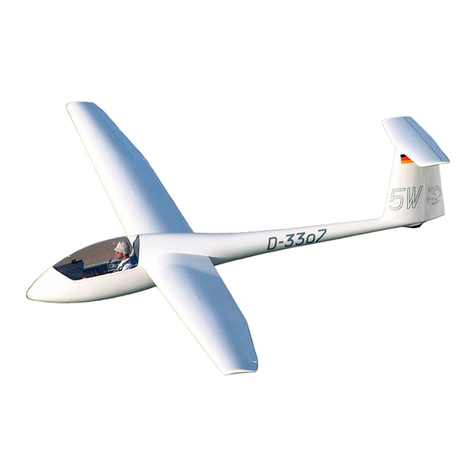
Grob
Grob Astir CS G102 Flight manual

Diamond Aircraft
Diamond Aircraft AMM-TR-MAM 40-1038 Maintenance manual

Advance acoustic
Advance acoustic EPSILON DLS Getting started

Airglas
Airglas GLH3000 Nose Ski Instructions for Continued Airworthiness
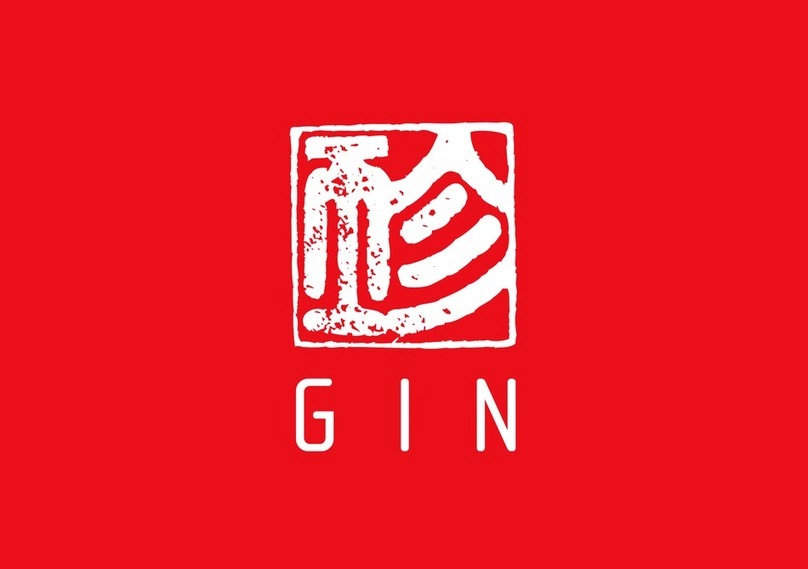
Gin
Gin Carrera + Pilot's manual
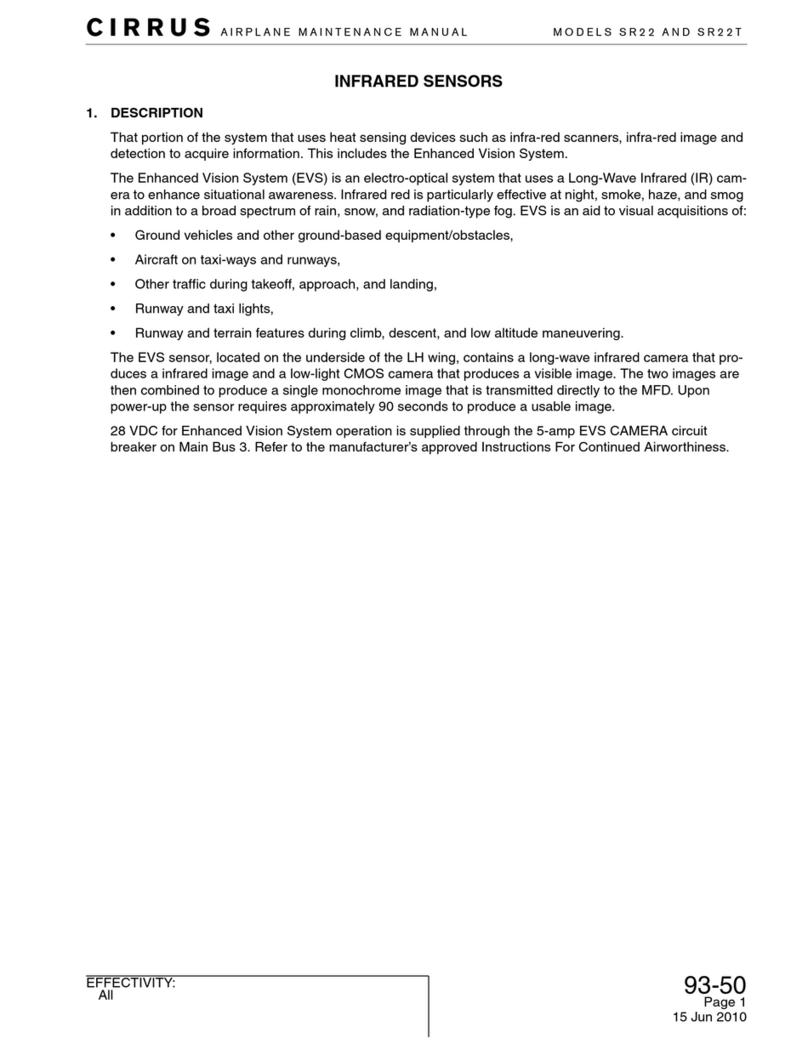
Cirrus
Cirrus SR22 Maintenance manual
